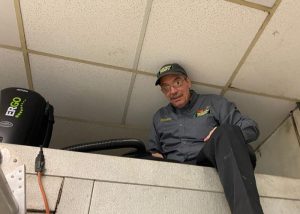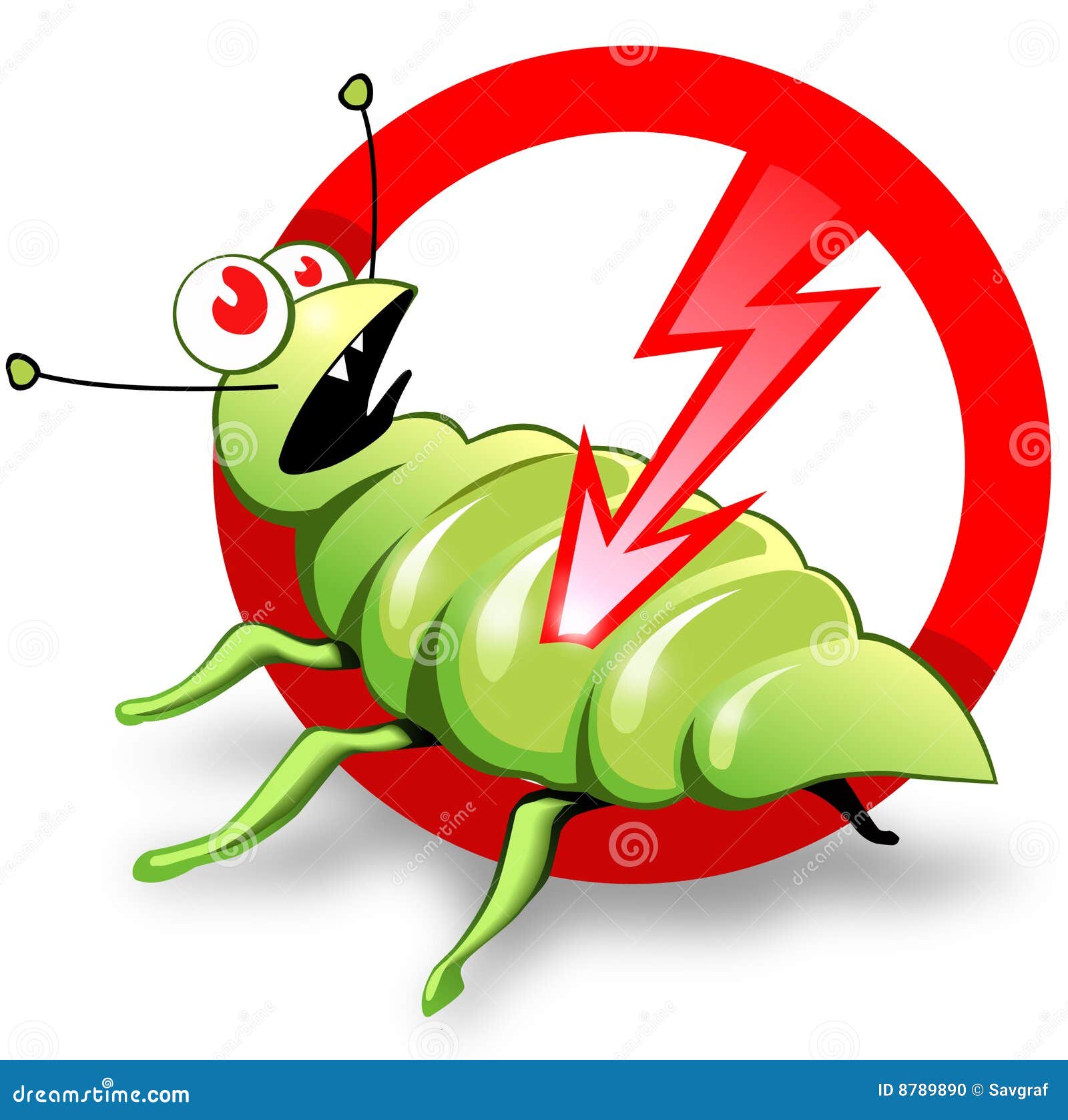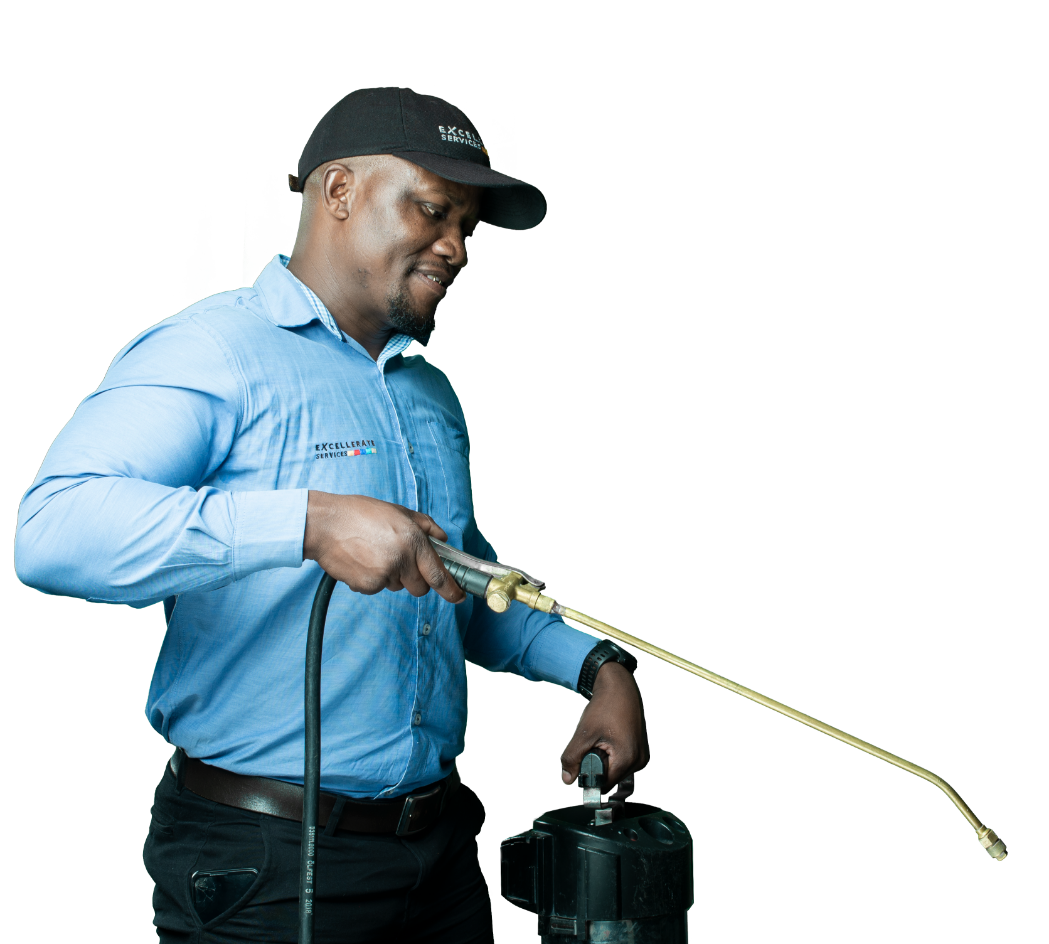Exploring Cutting-edge Methods and Products for Effective Parasite Control
The landscape of insect control is progressing, noted by the emergence of cutting-edge methods and items made to enhance effectiveness and sustainability. From smart catches outfitted with sophisticated tracking systems to biological approaches that employ all-natural killers, these improvements provide a standard shift in just how we come close to pest management. Eco-friendly chemical options and pheromone disruption methods offer targeted remedies that line up with environmental stewardship. As the sector grapples with these developments, a closer assessment discloses not just their implications but likewise the potential obstacles that might develop in their application.
Smart Traps and Keeping An Eye On Equipments
How can contemporary technology enhance pest administration? One considerable innovation is the development of smart traps and keeping track of systems, which provide real-time data and analytics for efficient bug control. These systems use sensors and wireless innovation to spot pest activity, informing home supervisors and pest control experts to infestations prior to they intensify.
Smart traps are geared up with attributes such as bait terminals that draw in insects and catch them efficiently. These traps can be kept track of remotely, enabling for timely interventions and decreasing the requirement for substantial chemical applications. Additionally, the assimilation of equipment understanding formulas enables these systems to separate in between target bugs and non-target types, enhancing the accuracy of insect control steps.
In addition, the data collected from wise catches can be evaluated to determine patterns in bug behavior and environmental elements adding to invasions (Pest Control in Port Charlotte). This info is indispensable for developing targeted bug monitoring methods tailored to certain atmospheres. By welcoming clever catches and monitoring systems, bug control professionals can boost their functional effectiveness and minimize the environmental impact of bug administration, inevitably resulting in much safer and a lot more lasting practices in the market
Biological Pest Control Approaches
Making use of all-natural predators and bloodsuckers, biological parasite control methods supply an eco-friendly alternative to chemical therapies. This approach involves the introduction or enhancement of certain organisms that can naturally manage insect populations, thus minimizing reliance on synthetic pesticides. Usual examples include making use of ladybugs to manage aphid invasions and parasitical wasps to target caterpillars.

Organic control can be classified into three primary techniques: classic, augmentative, and conservation. Classic biological control includes importing all-natural enemies from the insect's native habitat, while augmentative control includes boosting the populace of existing natural adversaries with releases. Preservation methods concentrate on developing conditions that sustain these helpful organisms in the community.
The performance of biological bug control rests on recognizing the intricate communications within environments. It commonly calls for a thorough evaluation of insect characteristics and the life process of both the parasites and their all-natural opponents. While biological methods might not provide prompt results like chemical options, they add to lasting bug administration and ecosystem wellness. As understanding of environmental problems expands, biological insect control techniques are progressively identified for their sustainable function in integrated insect administration programs.
Eco-Friendly Chemical Alternatives
Green chemical alternatives give a sensible option for bug management that decreases ecological effect while properly regulating insect populaces. These options are stemmed from natural sources and are very carefully developed from this source to target particular bugs without damaging helpful microorganisms, making them an essential element of sustainable pest control strategies.
Among the most efficient eco-friendly options are plant-based insecticides, such as neem oil and pyrethrin, which are stemmed from the seeds and blossoms of numerous plants. These compounds disrupt the life process of pests, minimizing their populations without the poisonous effects associated with standard pesticides - Pest Control in Port Charlotte. In addition, crucial oils like pepper mint and clove oil display repellent homes, further improving their energy in pest management

Additionally, eco-friendly chemical options commonly damage down faster in the atmosphere, reducing the risk of dirt and water contamination. This particular aligns with the enhancing consumer need for lasting practices in agriculture and urban bug control. As study remains to advancement, the development of cutting-edge environmentally friendly formulas will additionally boost efficacy and expand application areas, enabling pest management professionals to take on greener, a lot more liable methods in their methods while guarding human health and the atmosphere.
Pheromone Interruption Techniques
One more ingenious approach in lasting parasite monitoring is using scent interruption strategies. These techniques exploit the natural chemical signals, or scents, that pests use for communication, particularly in breeding habits. By disrupting these signals, bug populations can be efficiently taken care of without turning to damaging chemicals.
Pheromone catches are commonly used in this technique. These catches utilize synthetic variations of insect pheromones to draw male bugs, consequently minimizing their ability to situate women and duplicate. In time, this can lead to a substantial decrease in parasite populations. Additionally, the launch of repellent pheromones can create complication among bugs, further hindering their breeding processes - Pest Control in Port Charlotte.

Integrated Parasite Monitoring Strategies
Efficient pest control often calls for an extensive strategy, and Integrated Pest Management (IPM) techniques offer a framework for accomplishing this goal. IPM incorporates various management practices to reduce insect populations while reducing dependence on chemical pesticides. This multifaceted strategy begins with comprehensive surveillance and identification of bugs, allowing for targeted treatments based upon specific pest pressures.
Social practices, such as crop turning and hygiene, play an important role in avoiding insect establishment. Biological controls, including natural killers and parasitoids, are employed to keep bug populations at manageable degrees. When required, selective chemical treatments are applied, stressing reduced toxicity to non-target types and the atmosphere.
Additionally, education and outreach are essential components of IPM, advertising understanding among stakeholders about sustainable methods and pest life cycles. The versatility of IPM enables experts to respond effectively to transforming insect dynamics and environmental problems. By utilizing look at this now this alternative approach, IPM not just improves bug control efficiency but Homepage likewise adds to lasting environmental equilibrium. Ultimately, Integrated Pest Management represents a forward-thinking option that aligns farming efficiency with ecological stewardship, making it necessary in modern bug control strategies.

Verdict
In final thought, the integration of ingenious strategies and products for efficient parasite control stands for a significant advancement in sustainable pest administration. Smart traps and monitoring systems, biological bug control techniques, environmentally friendly chemical choices, and pheromone interruption methods collectively improve the effectiveness of parasite administration approaches.